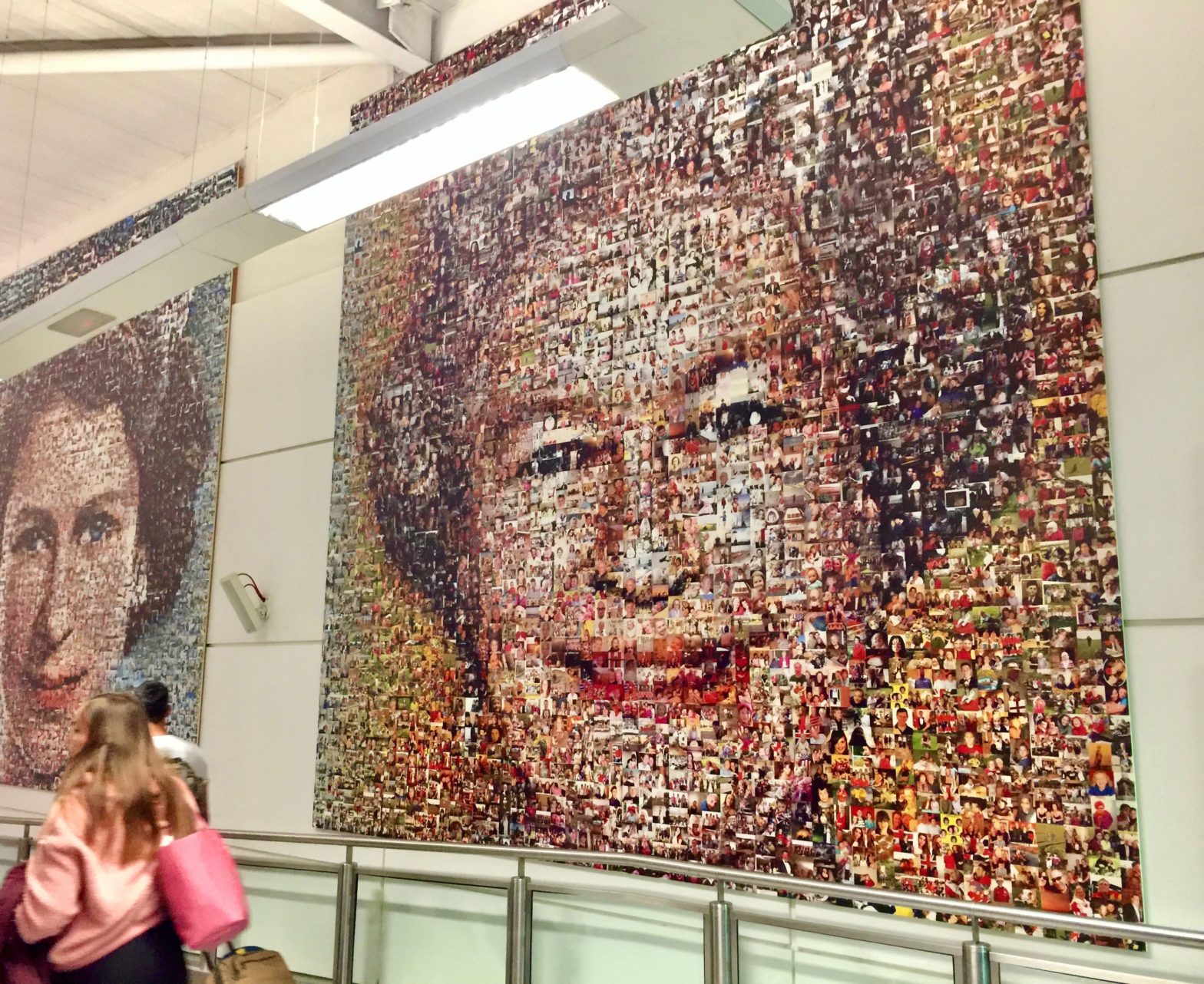After 96 years of life and 70 years on the throne, Queen Elizabeth II died today.
Across social media, condolences poured in from all over the world. Entertainers, politicians and so many others said their piece. But it is Britain that feels the loss most acutely, and the reason is obvious to anyone who understands British society.
The Queen’s popularity is beyond dispute. When she was alive, and going about her state duties, people came out in droves just to catch a glimpse of her. When news of her failing health made headlines earlier today, people gathered outside of Buckingham Palace in England and Scotland’s Balmoral Castle, the Queen’s summer retreat where she passed.
In an earlier article, we quoted one Twitter user who wrote, “most of us have never known any other reality (without the Queen). That is why you feel the news in your gut because she stands for something so much more than herself.”
Elizabeth’s eldest son, Charles, is now King Charles III and Prince William is next in line for the throne. But the coronation for the new king might not happen for a long time yet. Over the next days and even longer, Britain will grapple with a kind of grief not seen since Princess Diana’s death in 1997. Some 2.5 billion people watched her funeral on television. It’s safe to say that the Queen’s funeral will have even more viewers; aided by the social media platforms streaming it.
So what does the Queen’s death portend for British tourism? She was a titan for tourism and so was anything connected to her. Mugs, t-shirts, plates and other souvenirs bear her image. She’s all over the British currency and that of Commonwealth nations. Buckingham Palace, Windsor Castle, Hampton Court Palace and Kensington Palace have long been popular, while the Tower of London pulls in “2.8 million visitors annually.”
According to Visit Britain, “the Tower is the most visited paid-for attraction in the UK.” Its gnarly history aside, it houses the Crown Jewels and other treasures. One such treasure is St. Edward’s Crown, which was part of the Queen’s coronation in 1953. There are also a number of royal parks enjoyed by the public such as Hyde Park and Regent’s Park.
The Queen’s funeral procession will spread across nine days. There will be speeches, church services, gun salutes and so much more. No doubt that tourists and locals will want to participate in whatever capacity they can.
Professor Andrew Blick told Euro News, “her funeral, I imagine, will be on a larger scale than Prince Philip, that is clear. And there will be public demand. It will obviously be a major world media and diplomatic event. Heads of state from all over the world will be coming and it will be a big deal.”
Euro News explains, “the Queen’s body will go to Holyroodhouse in Edinburgh and then go to St Giles’ Cathedral. Next, she will head back to London via Royal Train. Once there, the coffin will pass by several historical landmarks. After a special service at Westminster Abbey (where the Queen’s coronation took place), she will to go Hyde Park Corner via gun carriage. Finally, she will be transferred to Windsor Castle by car where British sovereigns are laid to rest.”
It’s not only the British who are interested in the Queen and her family. The Windsors are fascinating to quite a few Americans, particularly because we have no royal family of our own.
